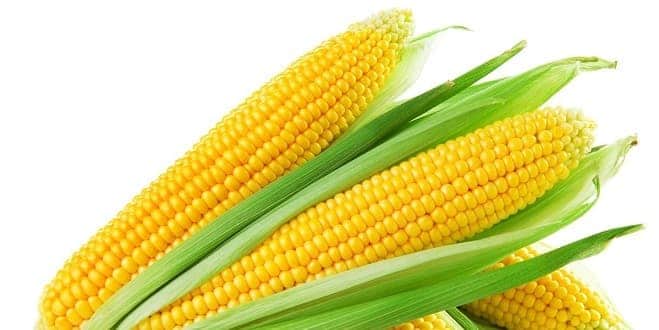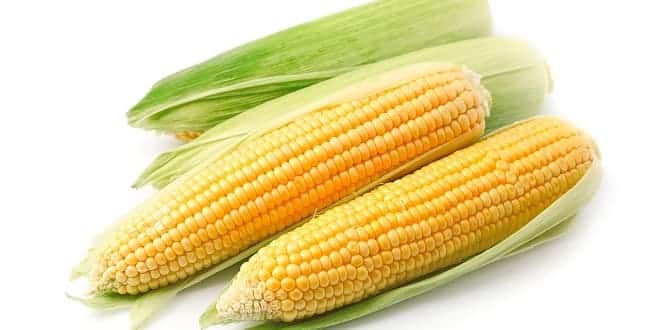Corn Wet Milling Lab ( Eric OLSON )
Purpose
The United States produces 9.3 billion bushels of corn each year, most of it in the Midwest corn belt. Most students believe that all the corn that is grown feeds farm animals or people at the annual picnic, and a good amount of it does, but what happens to the corn not consumed by cattle, pigs or people? A large amount of corn never makes it to the dinner table. Corn Wet Milling is an industrial process that converts corn to a wide variety of by-products. The wet milling industry is the largest non-feed user of corn, using approximately 1 billion bushels annually. This lab looks at the separation steps in the industrial processing of corn. Background Corn wet milling is a complex industrial process. Large wet millers process approximately 100,000 bushels of corn daily, and the primary product is starch and starch derived chemicals. This cornstarch is then processed and used as food and industrial products. It is routinely used as an adhesive, for manufacture of papers, and as filler for pharmaceuticals. It can be converted into an enormous assortment of industrial chemicals now produced from petroleum sources. Most plastics used in the U.S. are made from materials that come from petroleum. Petroleum products are a major problem in our rapidly filling landfills.
…



